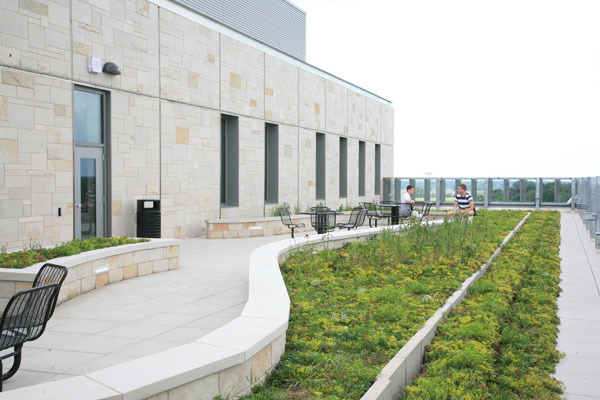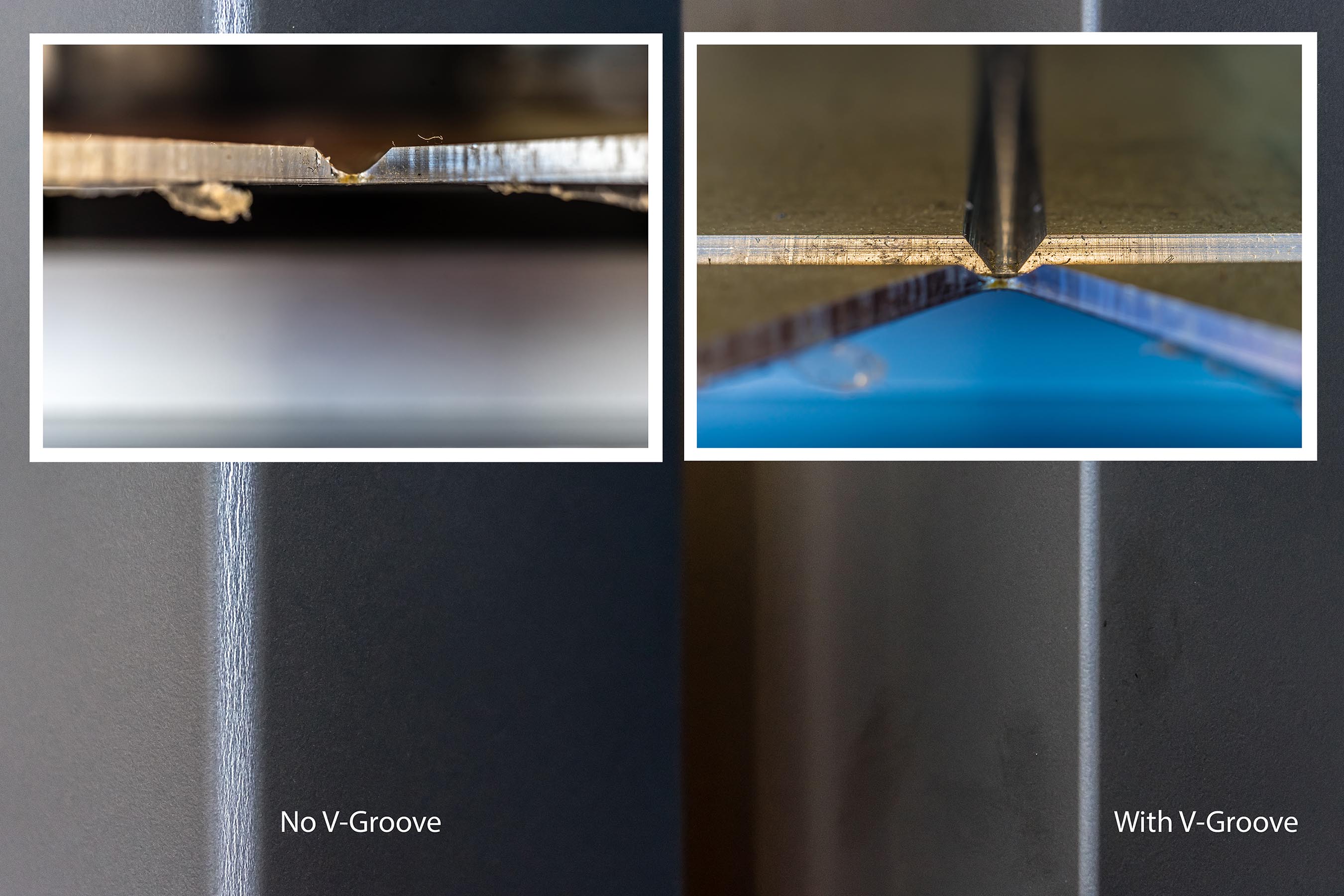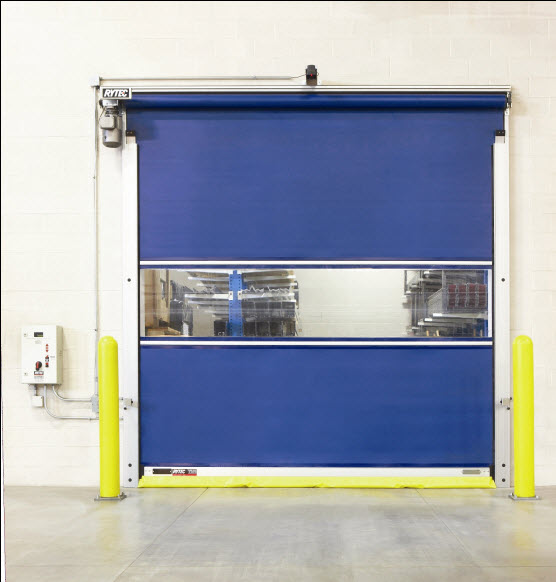Parliamentary privileges
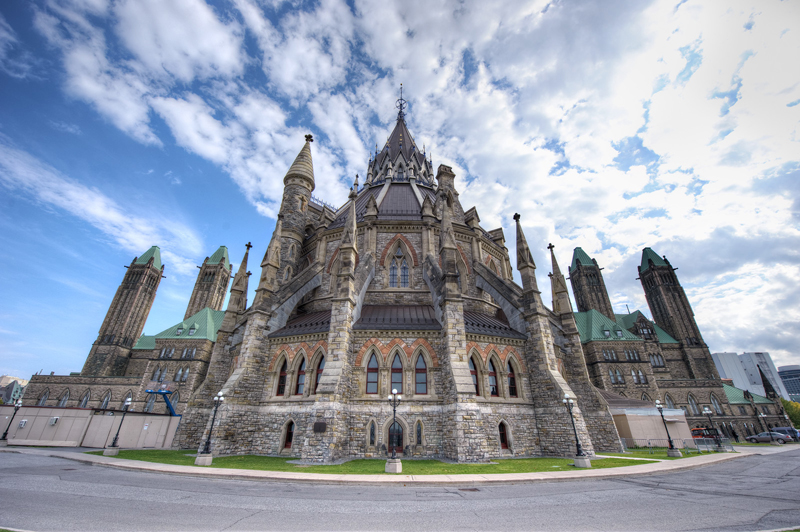
Photos courtesy Public Works Canada
By Brian Burton
“When you come to Parliament on your first day, you wonder how you ever got here. After that, you wonder how the other 263 members got here,” said John Diefenbaker while addressing the Canadian speaker’s forum, the Empire Club, during the Canadian flag debate in 1967.
Diefenbaker, along with Lester Pearson, compared the Parliament Buildings to an ancient family mansion that has been lived in for centuries and must be maintained and preserved for future generations at any cost. In the time it takes to read this article, some of the more than 200 skilled masons currently working on rehabilitating Canada’s Parliament Buildings will have time to rake out and re-point another kilometre of mortar and complete another ‘Dutchman repair’ or stone indent repair on these enduring Canadian landmarks. This rehabilitation project will be discussed in this three-part series of articles.
A Canada with no capital
The original design and construction of Canada’s Parliament Buildings were uniquely Canadian undertakings in all respects. This remarkable group of buildings, which began as the ‘Provincial Buildings Project,’ did not proceed without its share of conflicts, heated debates, and controversies, as the official record clearly shows.
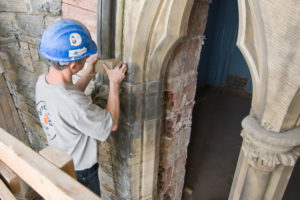
As the Dominion of Canada approached the end of 1867, it had no permanent capital, and its parliamentary government had no fixed home. Acting on local advice, Queen Victoria exercised ‘royal prerogative’ and solved these problems by naming Ottawa as the seat of government in 1857. Officials moved quickly thereafter to requisition funds, hire architects, award contracts, and break ground after clearing off the structures remaining on what was known locally as ‘Barrack Hill.’ Overlooking the Chaudière Rapids on the Ottawa River—one of the gateways to the continent when canoes were the primary mode of transport—this area had previously served well as the site offices for the construction of the Rideau Canal under the direction of Colonel John By, from 1826 to 1831.
With the location of the capital finally established after moving it from one city to another for decades, workers were soon removing the small, self-contained village left behind by the Rideau Canal ‘sappers and miners.’ In May 1859, a competition was launched to find architects for the Parliament Buildings, with a deadline of August 1. Although no specific theme was specified in the design competition announcement, Public Works did suggest the buildings’ edifices feature hammer-dressed masonry, materials local to Ottawa, neatly pointed features, and a plain, substantial style.
These suggestions, intended to provide direction to those interested in the advertisement for anonymous submissions, indicated the government’s intention to construct buildings with a focus on austerity, simplicity, and the use of indigenous materials.
Open competitions of this nature were intended to encourage innovation and excellence, and were common for government buildings at the time. Although the government did not specifically indicate any preferences for architectural influence or character, its request for a ‘substantial’ style implies, to a certain degree, the need for quality and attention to detail. Other government and legislative buildings constructed in Ontario and Manitoba, as well as several religious and judicial buildings, were similar in their predominant use of indigenous, locally available natural stone and other basic construction materials.

